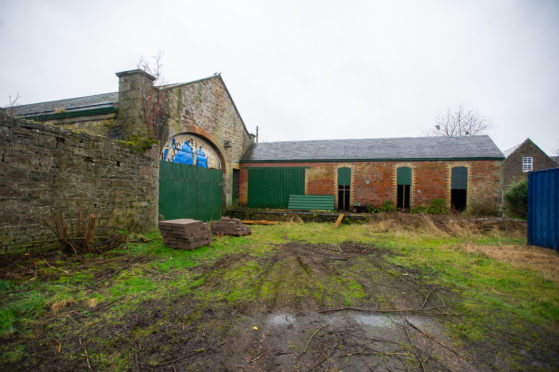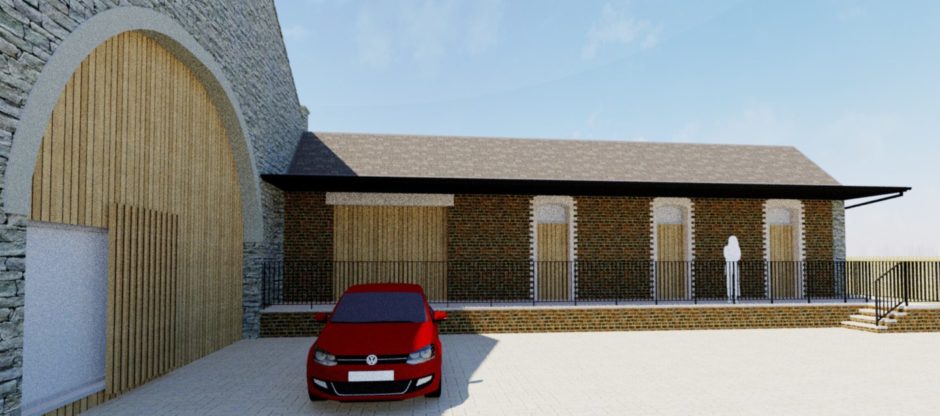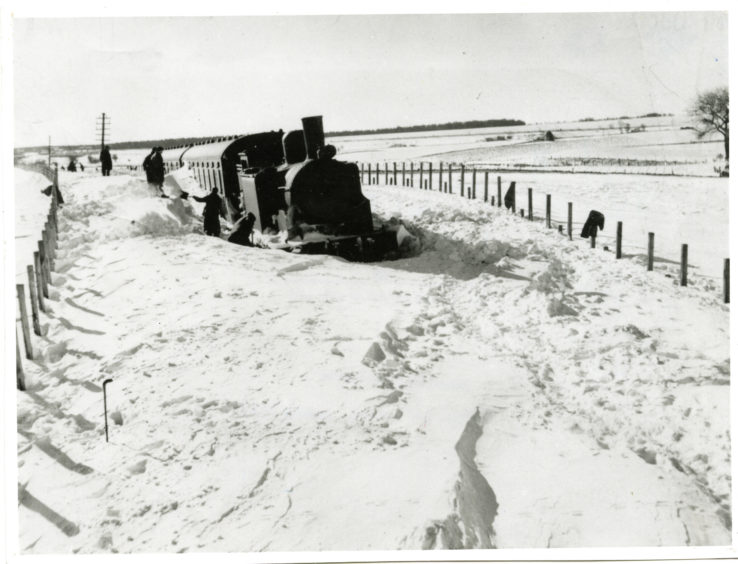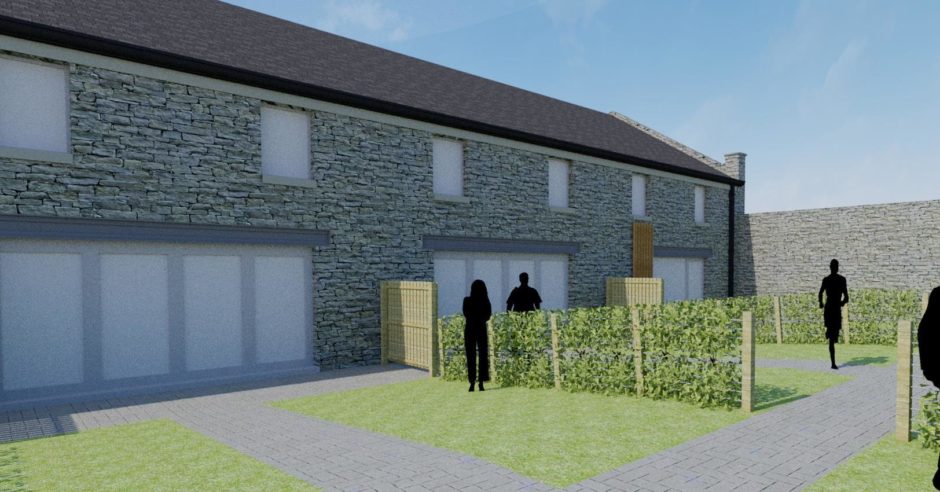Plans are back on track to bring an important piece of Tayside railway history back into use as family homes.
B-listed sheds at the end of what was the Dundee to Newtyle line are now at the centre of proposals to build six homes in what developers say will be a new ‘micro community’ in the Angus village.
They have gone back to the drawing board after criticism of plans for four houses at the Commercial Street site.
The original station was built in the early 1830s as the terminus of the Dundee and Newtyle Railway.
It was the first railway built north of the River Tay and an important link in the early days of steam transport.
The line finally closed in 1955 and the old railway buildings have been the subject of several planning bids down the years.
Those included approval for a 2015 office plan but the scheme was never progressed.
After the previous four-house plan was withdrawn, applicants Simco Inveraldie Ltd say they have taken on board comments raised around that scheme.
The firm has been involved in detailed discussion with Angus planning officials and say the plan has undergone several redesigns.
Concerns previously raised by Historic Environment Scotland
“Architectural features of the building have been suitably detailed to retain the character and appearance of the building,” say the applicants in their design statement.
Historic Environment Scotland had previously raised concern over the impact of the development on the large gabled arches and the firm say changes will see new openings made on the less prominent north east elevation.
“We are now confident the proposal submitted sensitively and practically alters the Category B listed building to provide much-needed family homes within Newtyle,” add the applicants.
“It will remove what is currently an underdeveloped derelict building that could be considered an eyesore.
“Although we have endeavoured to avoid openings on the prominent Commercial Street elevation, a single new opening has been formed.
“This has been detailed to ensure the narrative and historic features of the building are not diluted and confused.”
They add: “The development will create its own micro-community and have its own sense of identity in the local area due to the distinctive nature of the building and well-known historical significance.”
Angus councillors have set a target date of mid-January for determination of the application.














